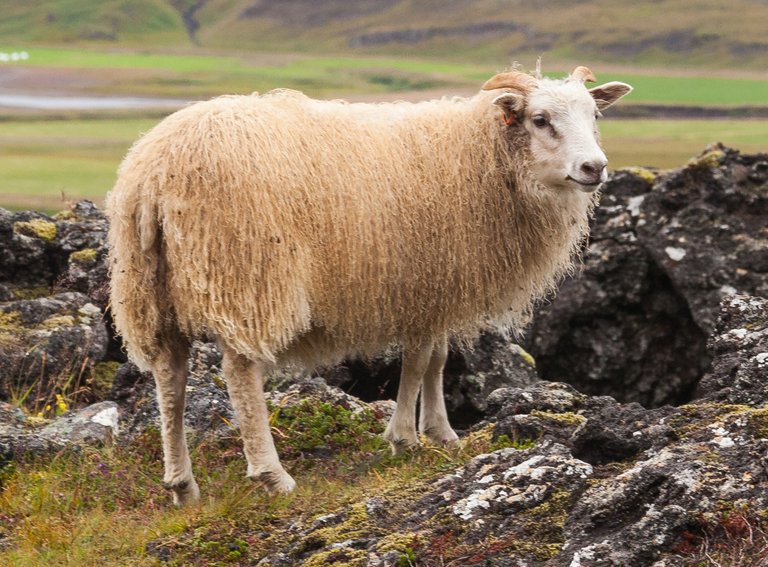I believe there is something humans take that gives them blue tongue, probably some type of drug or something of that nature, so when I started to read about blu tongue in animals, I started to imagine if animals take those same substances as well, would you even blame me? Join me today as we explore together what blue tongue in animals is and what causes it.

Image source
Bluetongue (BT) is a non-contagious viral disease, it affects both domestic and wild ruminants, especially sheep, cattle, goats, buffalo, antelope, deer, camels, and elk. This disease is transmitted by insects especially biting midges of the Culicoides species. The virus known to cause BT is identified to belong to the Reoviridae family.
How severe the disease gets is dependent on the affected species, and symptoms are often more severe amongst sheep resulting in weight loss, disruption with the growth of wool, and eventual death. Cattle, on the other hand, have a higher rate of infection than sheep, and the demonstration of how severe the clinical signs get varies based on the strain of the virus.
Vectors would get infected with BT virus when they imbibe blood from infected vertebrates. The Insect vector is a strong key to the transmission of BT virus between animals, without the presence of the vector, the disease cannot spread from animal to animal.

Image source
BT virus can happen year in and out, especially during the rainy seasons. Cattle that are infected play a strong role in maintaining the virus in a particular region. Cattle may serve as a source of virus for weeks while showing little to no clinical signs of disease, they are usually often the preferred host for insect vectors too.
The virus has been found in the semen of infected rams and bulls and from there can be transmitted to susceptible ewes and cows, although this is not a significant mechanism of transmission. There is also a possibility of the virus being transferred through the placenta to the fetus, it cannot be transmitted through contact with animals, wool, or even consumption of milk.
In an infected sheep, clinical signs such as; weakness, weight loss, depression, break in wool, fever, hemorrhages, and ulcerations of the oral and nasal tissue, abortion of pregnant ewes, and break in wool growth can be observed. Other domestic ruminants like goats would almost show little to no clinical signs.
Rest is the most recommended treatment for animals with blue tongues, accompanied by the provision of soft food, and good husbandry. Situations of secondary infections and complications have to be treated appropriately during the recovery phase.
Sheep would eat less due to the oral soreness they feel, this means they would need to hold food in their mouths and allow it to soften before they chew. Some cases of severe conditions produce oral swelling of the tongue, which may become cyanotic, and even protrude from the mouth.
This disease isn't a zoonotic one, so there is no fear of having it transferred to humans. According to EU law, there has to be a confirmation of an outbreak of Bluetongue and evidence of the circulation of an active virus.
To prevent the spread of this disease amongst countries, extreme care has to be applied in cases of importation. Farmers should request for a pre-import test for further precautions, and when the animal arrives, they should be treated with an approved insecticide.
The isolation facility is checked by a vet before animals are imported, and vehicles that are transporting animals should also be treated with insecticide to reduce the risk of importing diseases.
References
msdvetmanual.com/generalized-conditions/bluetongue
